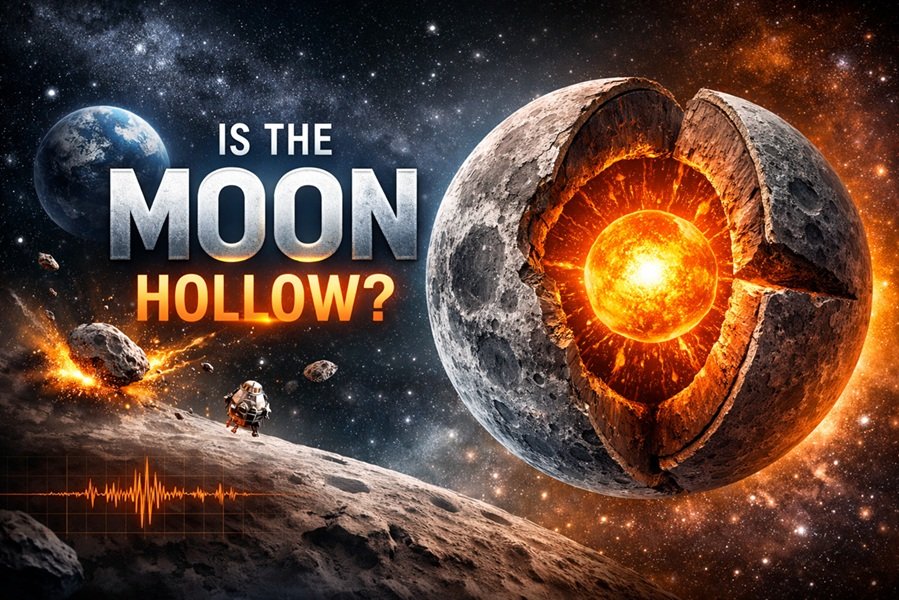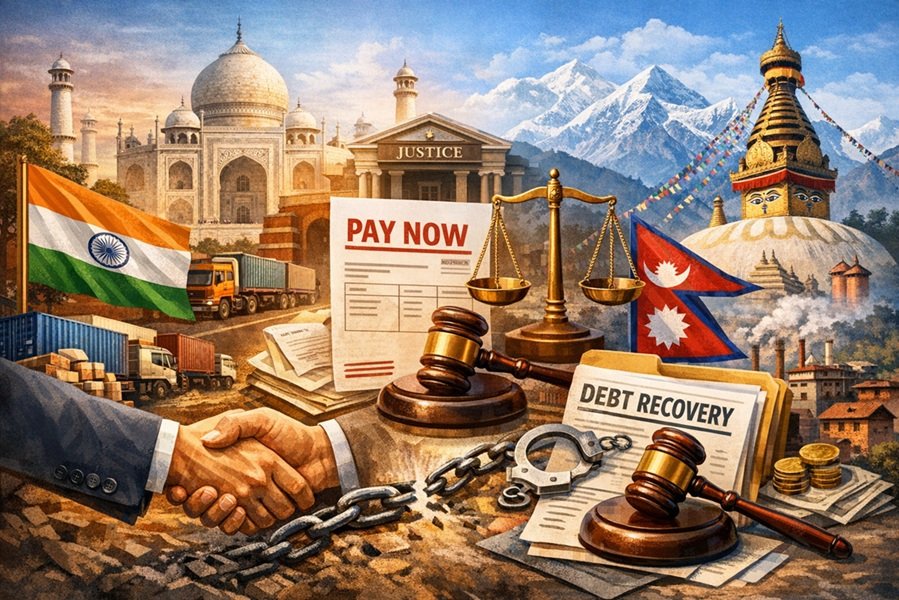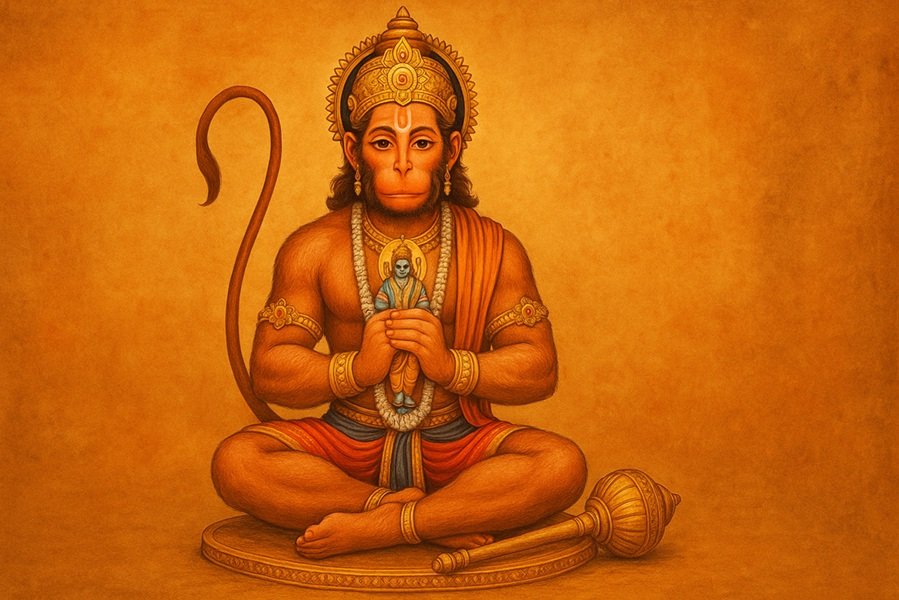
Introduction
Every year, November 1 marks a historic and culturally significant day in India. On this date, several Indian states celebrate their Foundation Day, also known as State Formation Day or Rajyotsava. This is because on November 1, 1956, the States Reorganisation Act came into effect, redrawing the boundaries of Indian states based primarily on linguistic and cultural identity.
Over time, new states such as Haryana and Chhattisgarh were also formed on the same date, making November 1 a day of pride and remembrance for multiple regions across India.
In total, five states and one union territory observe their Foundation Day on November 1 every year. Let’s take a detailed look at each of them, their formation history, and how they celebrate their unique statehood.
Why November 1 is Important in India’s Political History
After India gained independence in 1947, the country was composed of princely states and provinces with complex linguistic and administrative boundaries. To bring better governance and unity, the States Reorganisation Commission (SRC) was appointed in 1953 under the chairmanship of Fazal Ali.
Based on its recommendations, the States Reorganisation Act, 1956, was implemented on November 1, 1956, which reorganized India into 14 states and 6 union territories. This marked the birth of many present-day states and laid the foundation for linguistic and cultural integrity within the Indian Union.
List of States and Union Territory Celebrating Foundation Day on November 1
| State / Union Territory | Formation Date | Year Formed | Background / Reason for Formation |
|---|---|---|---|
| Karnataka (Mysore State) | November 1 | 1956 | Formed by merging Kannada-speaking regions; renamed Karnataka in 1973. |
| Kerala | November 1 | 1956 | Formed by merging Travancore-Cochin with Malabar district; created as a Malayalam-speaking state. |
| Madhya Pradesh | November 1 | 1956 | Created by merging Madhya Bharat, Vindhya Pradesh, and Bhopal — the Heart of India. |
| Punjab | November 1 | 1966 | Reorganized to form Haryana and transfer areas to Himachal Pradesh. |
| Haryana | November 1 | 1966 | Formed as a Hindi-speaking state after separation from Punjab. |
| Chhattisgarh | November 1 | 2000 | Separated from Madhya Pradesh to form a new state with Chhattisgarhi identity. |
| Union Territory of Lakshadweep | November 1 | 1956 | Declared a Union Territory under the States Reorganisation Act. |
1. Karnataka Rajyotsava (Karnataka Foundation Day)
- Date: November 1, 1956
- Old Name: Mysore State (Renamed to Karnataka in 1973)
- Language Basis: Kannada-speaking regions
- Capital: Bengaluru
Karnataka Rajyotsava is one of the grandest state celebrations in India. The day commemorates the unification of all Kannada-speaking regions under one administrative state.
On this day, government offices, schools, and cultural centers hoist the red-and-yellow Karnataka flag, and citizens sing the state anthem “Jaya Bharata Jananiya Tanujate.”
Awards such as the Rajyotsava Awards are conferred to eminent personalities in arts, literature, and public service.
2. Kerala Piravi (Birth of Kerala)
- Date: November 1, 1956
- Language Basis: Malayalam
- Capital: Thiruvananthapuram
Kerala Piravi, meaning “Birth of Kerala,” celebrates the formation of the state by merging Travancore-Cochin and Malabar district. Before 1956, these regions were administratively separate, but all shared a common linguistic and cultural heritage.
Kerala Piravi Day is marked with folk performances, literary events, and school celebrations across the state. People wear traditional attire, decorate institutions with flowers, and celebrate the spirit of “God’s Own Country.”
3. Madhya Pradesh Day (MP Foundation Day)
- Date: November 1, 1956
- Title: Heart of India
- Capital: Bhopal
Madhya Pradesh, the Heart of India, was formed by merging Madhya Bharat, Vindhya Pradesh, and Bhopal. With its rich cultural heritage, tribal communities, and natural beauty, Madhya Pradesh stands as one of India’s most diverse states.
The Madhya Pradesh Foundation Day is celebrated in Bhopal, Indore, Gwalior, and Jabalpur with parades, cultural programs, exhibitions, and traditional performances. The 2025 theme — “Heart of India, Pulse of Progress” — highlights the state’s growth and unity.
4. Punjab Foundation Day
- Date: November 1, 1966
- Reason: Reorganization of Punjab on linguistic lines
- Capital: Chandigarh (shared with Haryana)
Punjab was reorganized in 1966 to create Haryana (Hindi-speaking) and retain Punjab (Punjabi-speaking) regions. Some hilly areas were transferred to Himachal Pradesh.
Punjab Day celebrates the vibrant Punjabi culture — Giddha, Bhangra, and folk music performances are held across the state. The government also honors citizens contributing to agriculture, sports, and industry.
5. Haryana Day
- Date: November 1, 1966
- Reason: Separation from Punjab
- Capital: Chandigarh
Haryana Day marks the creation of a separate state carved out of Punjab. The state was formed to represent the Hindi-speaking population of the region.
Haryana is today one of India’s most prosperous states, known for agriculture, sports, and industry.
On Haryana Diwas, state-level parades, cultural programs, and felicitation ceremonies are organized across Chandigarh, Gurugram, and Hisar.
6. Chhattisgarh Foundation Day
- Date: November 1, 2000
- Carved Out of: Madhya Pradesh
- Capital: Raipur
Chhattisgarh Day (Rajyotsava Divas) is celebrated with immense enthusiasm. The state was formed to give identity and development focus to the Chhattisgarhi-speaking population.
The week-long Rajyotsava celebrations in Raipur include tribal dances, handicraft exhibitions, and awards for exceptional citizens. It is one of the most colorful statehood celebrations in India.
7. Lakshadweep Foundation Day
- Date: November 1, 1956
- Type: Union Territory
Lakshadweep, a group of 36 islands in the Arabian Sea, was declared a Union Territory on November 1, 1956. Though celebrations are modest due to its population size, the day is marked with cultural programs, school events, and community gatherings highlighting the island’s maritime culture.
Significance of November 1 in Indian History
- It symbolizes unity in diversity, as linguistic and cultural differences were recognized within the framework of one nation.
- The States Reorganisation Act (1956) was a milestone that laid the administrative foundation of modern India.
- It reflects the democratic spirit of India, ensuring representation and respect for every regional identity.
- November 1 also reminds citizens of the balance between cultural pride and national unity.
Celebrations Across India on November 1
Across India, the first day of November transforms into a colorful display of regional cultures:
- Karnataka hosts Rajyotsava Awards and parades.
- Kerala organizes Kerala Piravi cultural fests in schools and temples.
- Madhya Pradesh showcases its tribal arts and tourism initiatives.
- Punjab and Haryana celebrate through sports and folk music events.
- Chhattisgarh lights up with week-long Rajyotsava Mela showcasing tribal traditions.
Each celebration reflects the essence of federal India — unity through diversity.
Conclusion
November 1 is more than a date — it’s a reminder of how India’s states evolved through unity, diversity, and democracy.
From the temples of Kerala to the fields of Haryana, from Bhopal’s lakes to Raipur’s tribal heartlands, this day brings together millions of Indians celebrating their distinct identity within one proud nation.
As we mark Madhya Pradesh Day, Karnataka Rajyotsava, Kerala Piravi, and other statehood celebrations on November 1, 2025, let’s honor the shared journey that defines the soul of India — many cultures, one nation.






